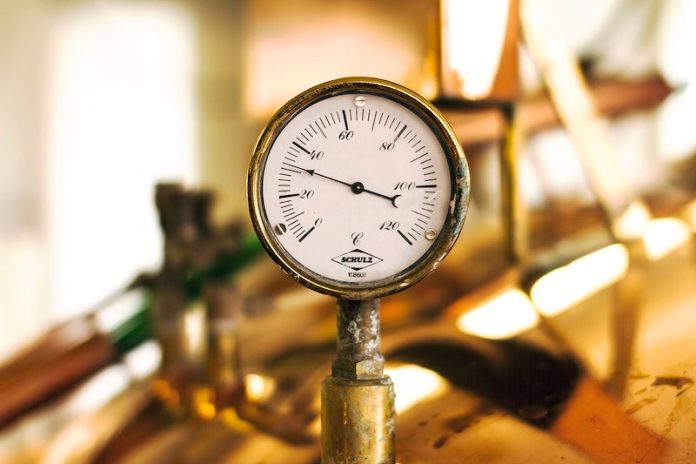Pressure vessels are essential for handling several applications in different manufacturing industries. Over the years, innovations have been aiming to improve pressure vessels’ production and performance. These innovations have also led to the exponential growth of the pressure vessel market-for example, establishing evaluation and inspection methods using risk and performance-based ideas.
Furthermore, integrity evaluation methods for plant components based on probabilistic and reliable approaches are already applied. Additionally, certain natural disasters have hiked the demand for developing accurate and precise components beyond the design-basis condition. With that in mind, pressure vessel manufacturers in India can apply these advancements in their manufacturing processes.
Current Processes and Procedures:
Pressure vessel vessels can lead to loss of life if the engineering manufacturing company doesn’t follow the safety protocols and regulations. Establishing the consistent use of the American Society of Mechanical Engineers(ASME) Boiler and Pressure Vessel Code(BPVC) can help minimise the dangers that could lead to loss of life. New processes and procedures have been included in the late edition of the BPVC published last year. These procedures and processes help improve the safety of the design and fabrication of pressure vessels.
It’s vital to note that the BPVC code has to be constantly updated as it reflects the new technological advances that can help maintain the safety of fabricators and other industrial workers in the ever-changing world.
Improved Toughness Rules
The toughness rules address the bristle fracture considerations. Over the past years, an update has corresponded to the advances in understanding material properties and fracture mechanics. As a result, the forge carbon steel flanges now need normalisation after forging to be eligible for exemptions from impact testing. Furthermore, normalised flanges are assigned to fit in the lower toughness category. As a result of this change, pressure vessel manufacturers in India may have to adjust their purchasing techniques to optimise their use of forged carbon steel flanges.
Specific Text Update
Specific text codes are accurate communications contained in the intent of the Code. Code words or text are essential when addressing the weld joint efficiency assignments for all welding processes. Furthermore, they also call to attention any special situations where an alternative process or rule may apply. Ambiguous wording in the Code can lead to serious problems. For instance, there could be a problem with the rules for the assignment of weld joint efficiencies. An ambiguous wording code could imply that modern methods like electron beam, laser beam and friction stir weld may not be applicable. When you discover this problem, updating the code text to improve clarity and interpretations is the best step.
Training employees or users to understand and interpret the subtleties in the text of the Code can help them understand what to do. The ASME BPVC committee discovered that the earlier fabrication process details in the previous editions of the code test don’t align with the modern-day methodologies. Therefore, keeping up with the updated rules is essential to ensure the materials used to maintain their desired properties after welding.
Growth Of Ultrasonic Examination(UT)
Incorporating new technologies and processes in the manufacturing of pressure vessels can help enhance their productivity and safety. Therefore, an emerging technology in the non-destructive examination(NDE) of pressure vessel weld joints has helped ultrasonic examination (UT). The growth of ultrasonic examination is spreading fast as it can detect subsurface flaws with much greater accuracy. It can also determine the size and orientation to help provide a detailed characterisation of their nature. Using ultrasonic examination also helps eliminate the need to handle harsh chemicals and radiation hazards.
The pressure vessel advancements are subcritical and supercritical to the growth of the pressure vessel market. With more opportunities expected to open, the pressure vessel market is bound to grow, increasing productivity.
Advancements in pressure vessel manufacturing are not a one-person achievement. There have been several contributions from other fields like; fabrication, design, analysis and materials. While research is vital for advancing this equipment, the wide topics involved include analysis of the model of expandable tubular, design review on the pipe elements, and the thermal characteristics of pipe flange joints. These topics are vital now and will still be in the future of pressure vessel design and manufacturing. This includes the uniqueness of research related to the elastic-plastic properties of pressure vessels with piezo-elastic layers.
Read more blogs – tablogy



















